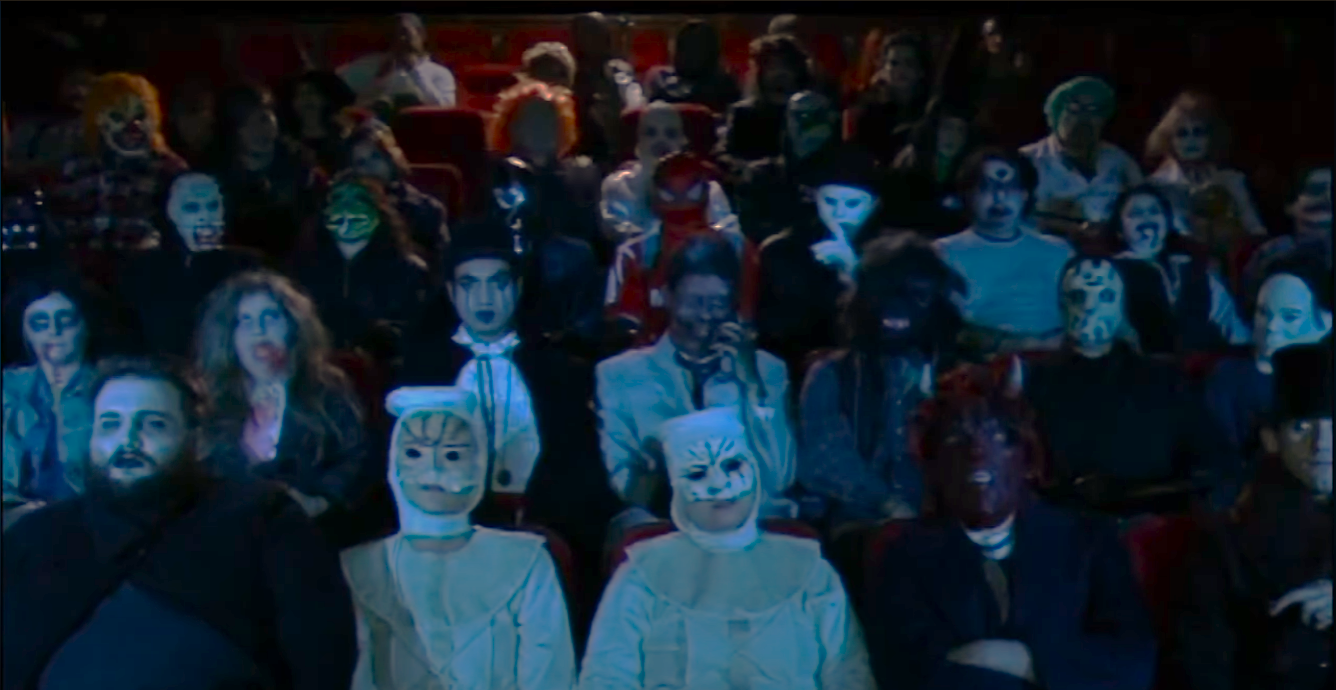
With the 26th BARS set for November 20–30, we look back at 25 editions of Buenos Aires Rojo Sangre –the festival that powered Argentina's genre and fantastic cinema. It is widely regarded as one of the region's key genre festivals. Authentic and controversial. Classic and avant-garde. Serious and delirious. BARS became a hub of cinematic resistance that, balancing talent and persistence, launched several directors into the big leagues.
Whether receiving renowned filmmakers –the Spanish Paco Plaza, the Italian Ruggero Deodato, the American Mick Garris and more– or promoting independent culture –its short-film competitions are a major breeding ground–, BARS radiates an enduring mystique. That intangible spark money can't buy, but that exists and is literally there. Years pass, artists pass, Rojo Sangre remains.
Meanwhile, a trove of stories are at risk of being forgotten. Victories, anecdotes, futures, bugs, spontaneous hits, various bizarrenesses, youthful fire, beautiful messes, guts and heart: here, the voice of some historical protagonists of Buenos Aires Rojo Sangre recovering echoes of greatness. A string of milestones that made the festival grow and that, with a historical perspective, constitute the DNA of what now, with rivers of fake blood under the bridge, we unquestionably consider as "the genre film movement in Argentina".
A Theater Full of Monsters
In 2009, Elián Aguilar set out to film this documentary about the tenth anniversary of Buenos Aires Rojo Sangre. For that, he gathered a bunch of "monsters". Things got out of hand.
I had only recently been working at the festival for two or three years. It was more on the merchandising table and stuff. The tenth anniversary was approaching and we felt that something had to be done. A year before, Ariana Bouzón, who is a force of nature, joined us. We got together to chat with Jotar and Elvis, two veterans from Argentine genre cinema. And the idea of making a documentary arose. We had less than a year to film it.
Furthermore, it was during that historical moment of genre cinema, which was being totally disruptive. And today it has the corresponding correlation. I was the writer and director. Sarna handled the technical side and we made the documentary without a penny, we didn't even rent equipment. And there ended up being a significant number of people: Demian Rugna, Javier Valentín Diment, Hernán Moyano, Daniel de la Vega, Fabián Forte, Nicanor Loreti, Axel Kuschevatzky, Sebastián Tabany, Diego Curubeto, FARSA Producciones, among others.
We worked makeup with Lilia Lemoine, who was with the Monster Walk. They moved a lot of people. We met at the Lavalle cinema and dressed up a lot of people. In that theater, the festival was established. There we recorded gags that, in some way, were going to accompany the story of what we had put together and that served to make jokes about what happened when you watch movies, but with monsters. The Monster Walk team had broadcast and social-media experience, we did a couple of flyers and things moved. That led us to Mariana Fabbiani's program, disguised, to tell about our documentary.
The day of filming with the monsters surprised us to levels we did not expect. A gigantic number of people came and El Trece's evening newscast also came. At that time, having the central newscast was like being famous. It was all done on a shoestring and it worked very well. The documentary was edited by VideoFlims and if you see all the people who came out and later went big, it makes you proud. It was something that we accompanied from Rojo Sangre."
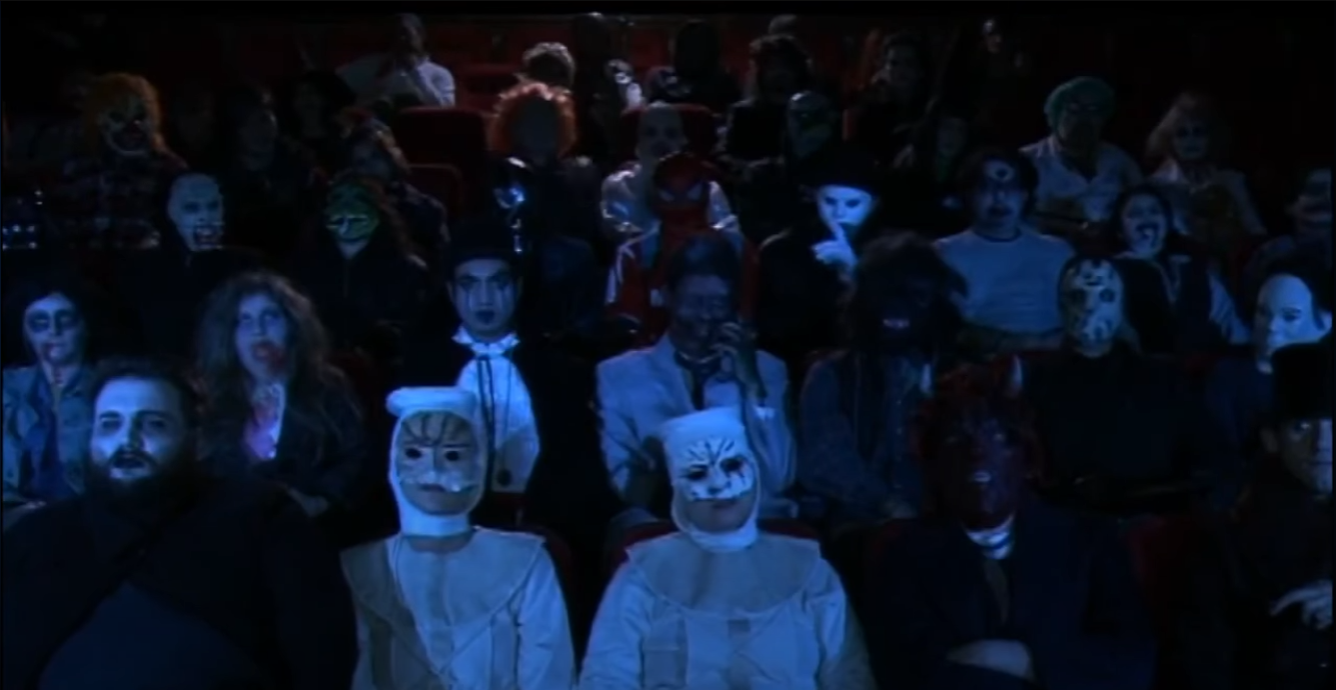
Dawn of the Monsters
Indeed, the special effects specialist –and current libertarian national deputy– Lilia Lemoine organized a march of horrific and deformed monsters whose main spot was the BARS. Will she ever return to the world of cinema?
"I remember when we filled the theater with monsters for the filming of the documentary for the 10 years of Rojo Sangre. It was very dark, we couldn't make out anything well. And we didn't know how important it was going to be. When I was little, I dreamed of celebrating Halloween and it wasn't done here. When I found out that the Zombie Walk existed, I went and found it a little boring, because people didn't get into character. They were only throwing blood on their clothes, except for those that did special effects.
I was starting to study and, as soon as I could, with the School of Special Effects we started organizing the first Monster Walk. The main course was to go through Rojo Sangre. I was always tangential to BARS. I participated twice with shorts and once with a film. But as a lover of horror films and special effects, I see it as a very important event.
Do I plan to go back to the movies? Yes, in fact I was about to do something with Diego Recalde, but I don't know if the moment has passed. I have a ton of work in Congress, things are hot. It's not that I don't like it, but I'm focused on other things. I definitely want to go back. I love it. And the more bizarre, the better."
A Leap Forward
The veteran general producer of the festival, Ariana Bouzón, warns of some key points of the growth of Rojo Sangre in the last 15 years.
"For me, the two most significant milestones in the history of the festival were the jump from two to three theaters and from seven to eleven days. These two changes evidenced the undeniable growth of the festival. Milestones kept coming, yet the festival held its steady course. A very high one was the screening of Mandy, starring Nicolas Cage, which had its Latin American premiere at BARS to a sold-out, raucous crowd. These milestones served to access a more mainstream audience."
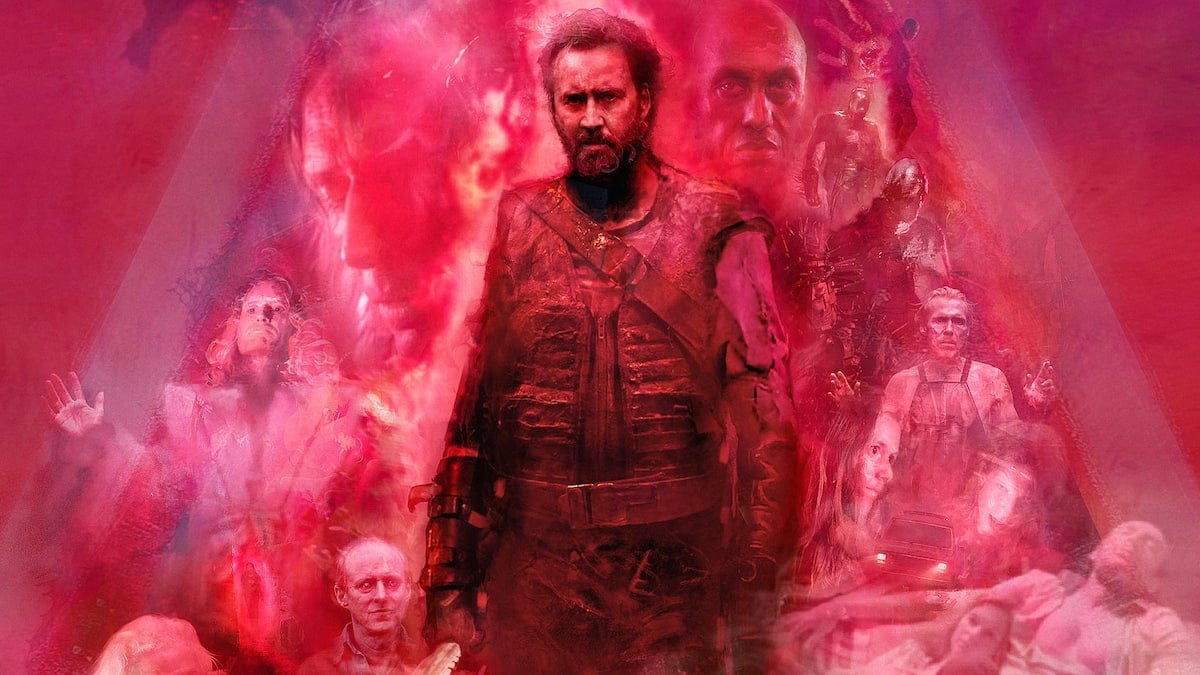
A Contemporary Success
In 2022, the youtuber Jorge Pinarello and the actress Natalia Maldini released the film Algo que pasó en Año Nuevo. Maldini remembers the excitement of the public and the hit for receiving the best possible distinction.
"We premiered at the Mar del Plata International Film Festival, so the premiere at Rojo Sangre was the film's debut in the capital. It was spectacular: before tickets were officially announced on social media. That's why they added additional screenings. I think we did like five. The same thing happened in Mar del Plata.
We went with Jorge Pinarello (film director), Casper Uncal (one of the protagonists) and several more from the technical team. The theater was a party. People were immersed: there was laughter, shouting, they grabbed the winks and, like icing on the cake, we won the Audience Award. That was beautiful too, the best prize we have ever won. Afterwards the film went through FESAALP, through several INCAA Theaters and we put together a very artisanal circuit. We filmed it in the middle of the pandemic and everything went very smoothly."
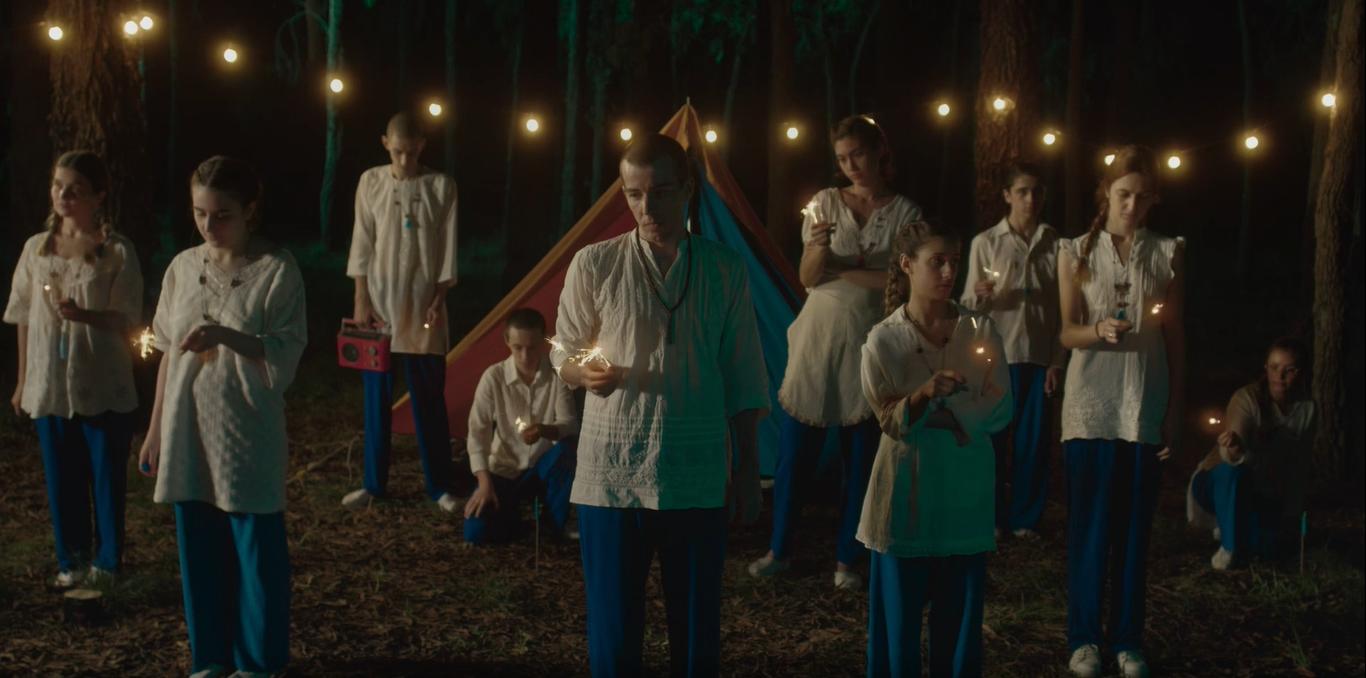
The Last Romantics
The factory Gorevision, one of the most frequent names on the BARS grids, stands behind some of the festival's most legendary moments. Germán Magariños, its director, points out in "the best projection" he had in his life.
"For me, the premiere of Goretech was not only the best screening in my history as a director, but I think it was the best screening in the history of BARS. I can say it without false modesty because it was not thanks to me, but thanks to the people. We made that movie purely and exclusively to make it a party at BARS. And it was.
From start to finish, people were screaming, laughing, clapping, vomiting and having sex in the theater. Well, these last things didn't happen but it was like they had happened. Neither before nor after was such a projection replicated. There were glorious and similar ones, but none the same. And I think there won't be one like it because it was the right movie at the exact moment in history.
Without a doubt, premiering at Rojo Sangre is the most dreamed of for those of us who make underground, bizarre, fantastic or whatever you want to call this films, in Argentina. It is the place where we know that the greatest number of people interested in our films will be present. In theaters that look and sound impeccable. And, furthermore, where they leave us or not, we will have beers and have the corresponding party."
How to Convince a Star
During BARS number 16, the festival featured the appearance of Susana Beltran, star of Blood of the Virgins, The Naked Beast and The Curious Dr. Humpp, a film that was honored 50 years after filming. Paul Sapere, festival programmer, recounts the details.
"First we decided to pay tribute to the film The Curious Dr. Humpp, for the anniversary. The idea was not just to project it. We made a poster, illustrated by Flavius Greco Paglia, to be a tribute to the film. The first thing was to seek authorization from Emilio Vieyra's heirs, and after going around many times we managed to find the daughter.
For the copy, we asked Fernando Martín Peña for his 16mm one. When we put together the performance, a friend from the festival appeared, Marcelo Pessino, who told us that he had filmed a short film with the legendary actress Susana Beltran. He suggested we call her, which was a great goal because Beltran did not have many public appearances.
Finally, they gave us the contact of Armando Minino, an FX artist who had made a mask like the android-zombie in the movie, so we added a live performance with the monster and some models in costume. The result was quite bizarre."
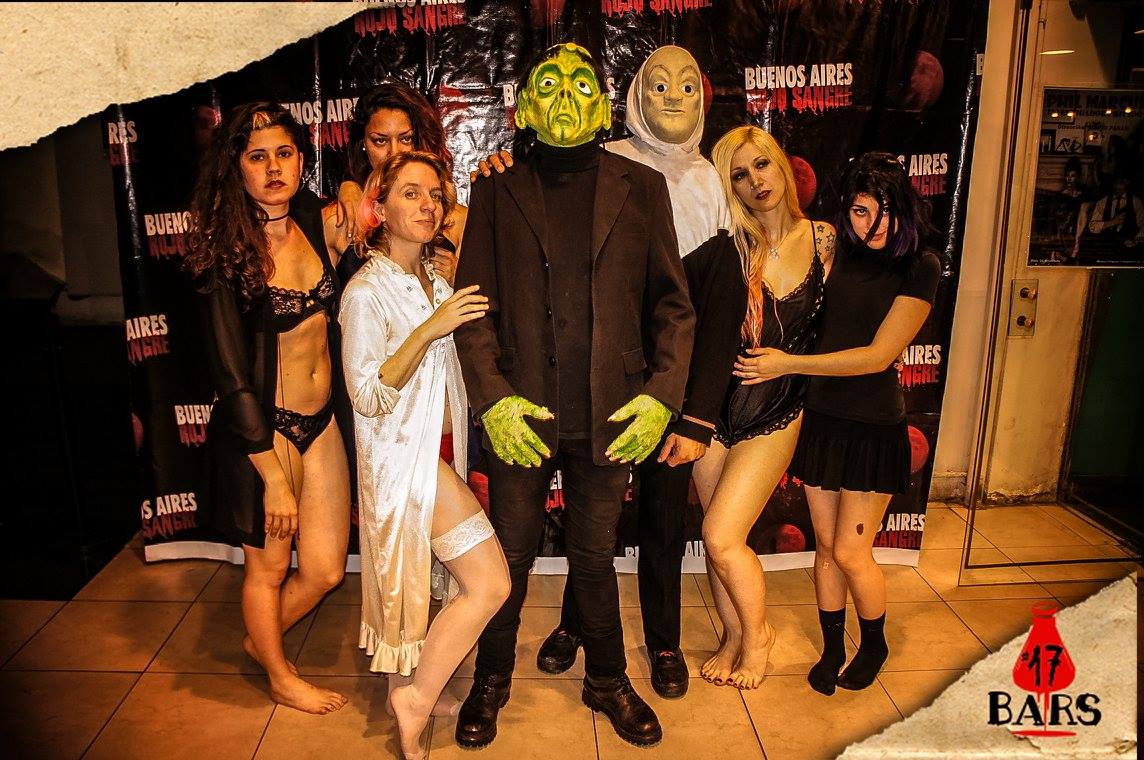
Achieving the Impossible
Eager to pay tribute to old glories of horror cinema, BARS went for the actress and model Carmen Yazalde, who –under her alter ego– was one of the muses of the Spanish Jesús Franco. At first it was a "no", but a little coffee unblocked things. Paul Sapere tells of his persuasive method.
"It was known about the past of Carmen Yazalde as a horror film actress, and anecdotes from people who had approached her to interview her (I think Axel Kuschevatzky mentioned it at some point) and that she was not interested in delving into. Mario Almada, a collaborator of Cinefania, proposed that we insist and we got in touch. Knowing the background, we began an operation to convince her to give a talk about her experiences as Britt Nichols.
I went to have coffee with her and convinced her that our interest was not morbid but purely cinephilic. So, together with Almada and Dario Lavia, we managed to finalize the talk. The truth is that she had few memories of that time and from time to time she would talk about local entertainment, but it was still a very interesting talk. To cap it off, we secured the rights to Une vierge chez les morts-vivants, by Jess Franco."
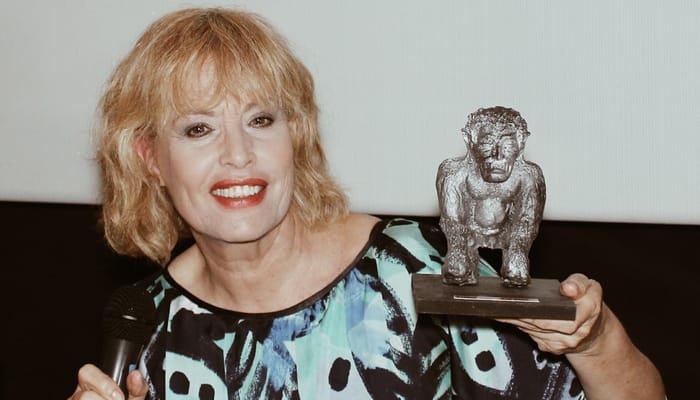
(Really) Special Screenings
For a few years now, BARS has been programming screenings in, let's say, atypical places. The current general producer, Meri Lucewicz, tells what the screenings were like at the British Cemetery and at the Church of San Ignacio de Loyola.
"For the 2023 British Cemetery screening, we looked for a representative British film for the space where we were holding the inaugural event, for the first time outside of a movie theater. We screened The Wicker Man.
For the 2024 edition –shaped by a strong presence of Argentine cinema– we looked to screen a national film with ecclesiastical links, without being irreverent. That's why we screened If I Should Die Before I Wake."
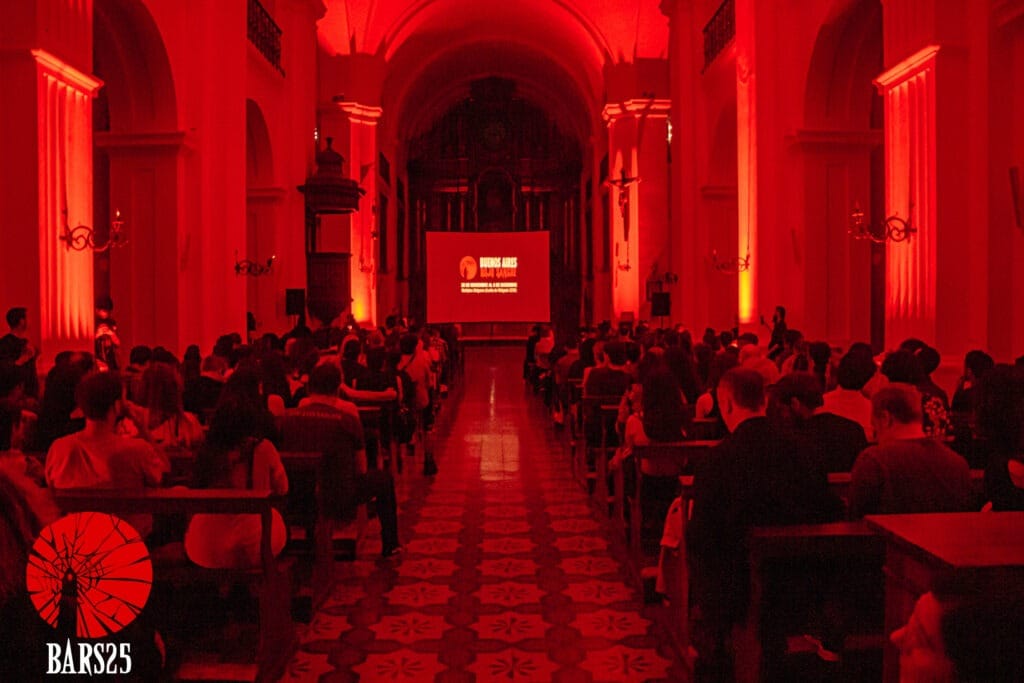
The Power of Friendship Will Save the Planet
The FARSA Productions crew premiered almost all of their films at BARS. But Zombie Plague 3, an ode to friendship, was the most anticipated of all of them. It's available on the production company's YouTube channel, but the actor Sebastián "Berta" Muñíz still feels the intensity of the premiere.
"It's all so blurry, with so much Fernet and so much joint, that the memories are a bit difficult for me. But when we premiered Zombie Plague 3 in 2012, it was historic, something truly surprising. I remember the expectation there was. It's lame for me to say it but it felt like when a band that hasn't played in a long time gets back together. There was like a general excitement and expectation.
The theater was packed. It was wonderful. And it was like attending a child's graduation, something like that. I don't have kids, but we have movies—almost the same. Zombie Plague 3 was a culmination for me. I admit that for a long time I didn't want to do zombie things. I didn't want to put blood on my head or anything like that. But later, when I saw the impact, the same thing as always happened to me: feeling that every second was worth it. Having been part of Zombie Plague was (maybe) the best thing that ever happened to me."
Young Blood
The independent distributor VideoFlims was a hurricane of ideas and management. It took the scene by storm and faced some methodological issues with freshness and closeness. Pablo Marini, one of its directors, takes pride in some achievements that still persist.
"From 2009 to 2014, VideoFlims brought a younger view. The festival was packed and VideoFlims added some generational issues, such as putting up trailers before performances, presenting films, throwing closing parties, and adding more roles and booths within the festival. We had a professional outlook, although we wanted to keep that independent thing. Perhaps now BARS has a much more professional outlook than before, but this has to do with the passage of time.
And what I find most interesting about the presentations is that it was something that did not exist. You'd sit in the theater and the movie would just start. They were issues that we proposed and that were maintained over time, that give identity to the festival. We wanted to give it a little more vibe and more informal feeling.
We also added talks, in the small theater of the Monumental Lavalle. And we tried to impose the meeting point, which never worked. Then there were things that Ariana Bouzón ended up managing, but the ideas had come from us."
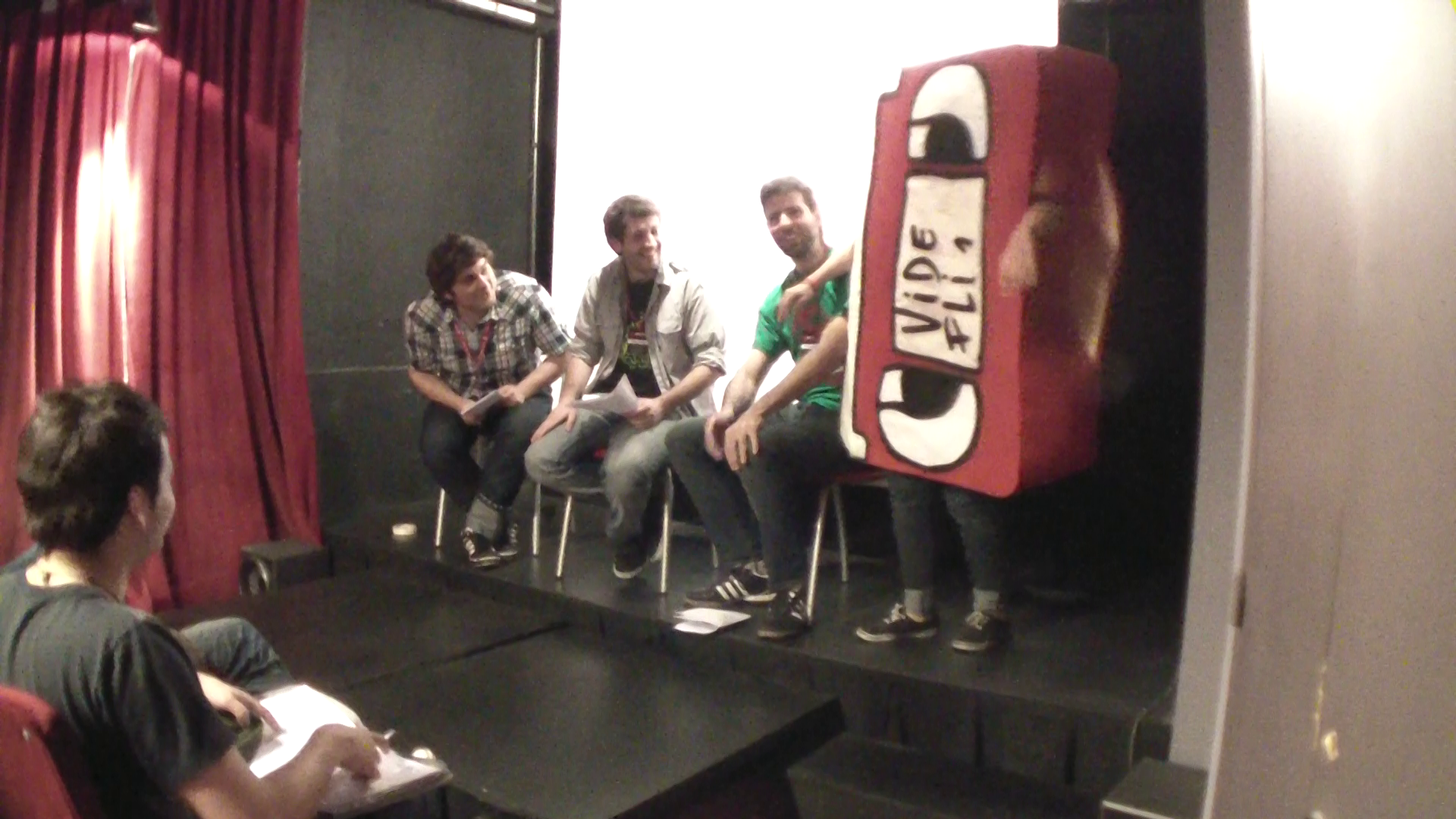
The Little Booth
With desire and some territory, VideoFlims built a few helpful habits. Juanma La Volpe, part of the team of the independent distributor, stakes a claim to a big badge of honor –both physical and mental.
"The great contribution of VideoFlims was accompanying the independent horror scene. That you leave a show and find other movies released on DVD. Suddenly, people took a movie because they knew it or because it had been suggested to them or because we recommended it to them.
The presence of VideoFlims was crucial. It completed BARS' audiovisual contract. You were going to see a movie and you could take home others that had already been at BARS. Or people who made movies for BARS. It was a work and physical effort. VideoFlims was an important muscle for BARS."
Awards Aren't Everything
The Uruguayan Fede Alvarez, director of Alien: Romulus, and the Argentine Andy Muschietti, director of It, went through Rojo Sangre with their first shorts and no, they didn't win anything. Sapere, festival programmer, explains the reasons.
"Fede Alvarez was a perfect stranger outside of Uruguay. Except at BARS, where he had won with the short El cojonudo, in 2005. Panic Attack! premiered at BARS on October 31, 2009. On November 3, he uploaded it to YouTube and it exploded. It was one of the first major viralizations. He ended up being summoned by Sam Raimi and he settled in Hollywood.
As for Muschietti, he was moderately known around here. He had participated in one of the Short Stories from INCAA. He went to Spain and did Mama, a super short and effective short that toured tons of genre festivals. His success allowed him to carry that idea for a long form movie. And from there, the big leagues.
The juries of that Short Film Competition in which they participated with Panic attack! and Mama were Pablo Marini, Federico Wiemeyer and Gabriel Patrono. Why didn’t they win? Another short simply caught their attention: Spanish Die Schneider Krankheit, by Spain’s Javier Chillon –now only moderately known. I think Panic attack! received a special mention for its visual effects. I don't know if the story has much moral. Unless, perhaps, and finally, the awards are not so important."
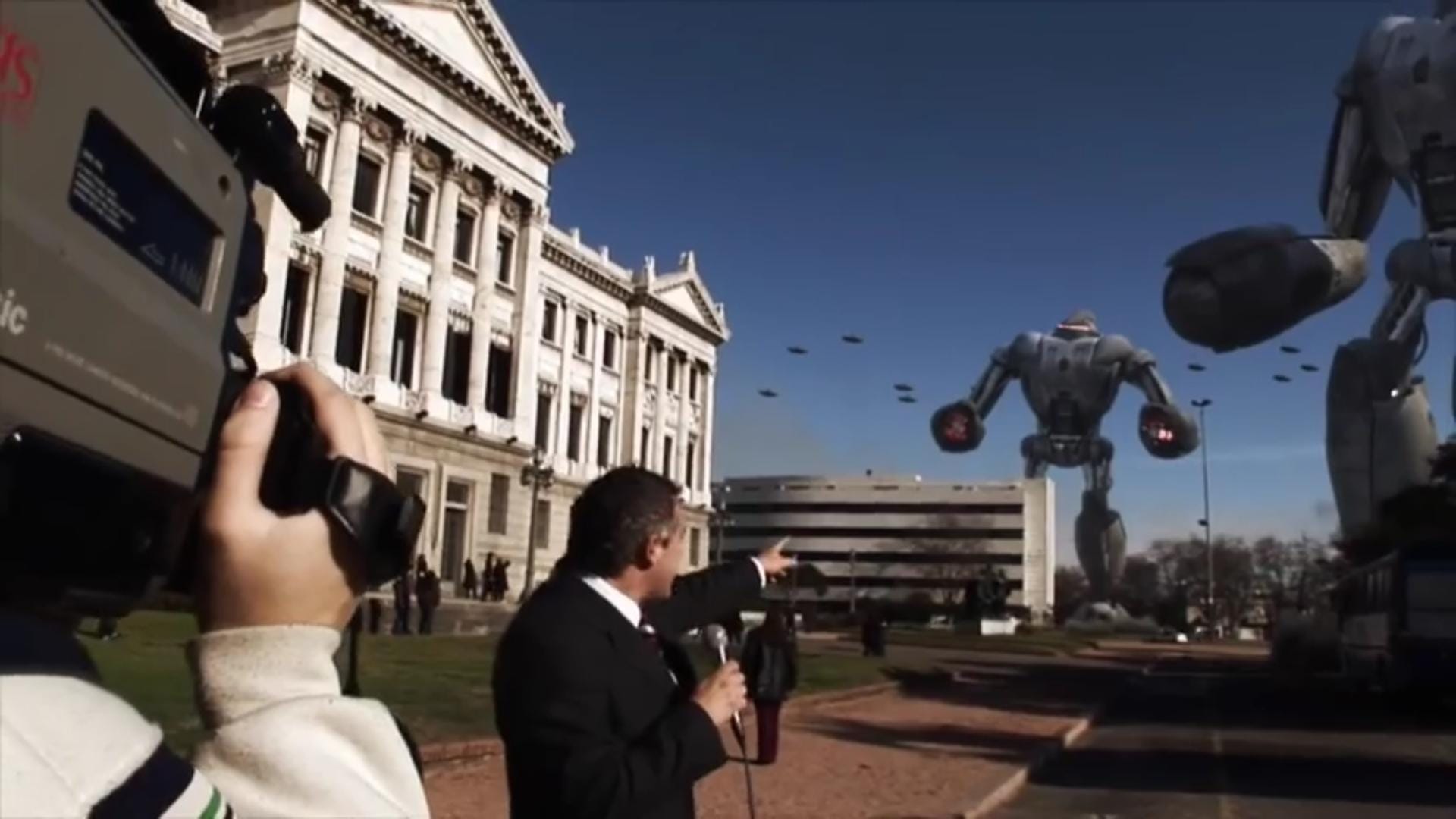
A Nationwide Blood-Soaked Cinema
Bloody Weekend is a contest that is part of BARS' broader program and proposes the challenge of filming genre short films in 72 hours. Meri Lucewicz, its coordinator, portrays the details of this great national holiday.
"The first edition was in 2017. We did three in a row, then we slowed down and resumed the last four years. In 2024 we did the seventh edition. From the beginning, the experience at the forefront of Bloody Weekend was crazy. From managing the idea, believing that we were not going to be able to do it, to having an edition with a record of registrations from all over the country.
It was always very mobilizing, with filmmakers from all over the country shooting films with the prompts we give them. It is very gratifying to see the result and know that, year after year, around 100 or 130 new short films are generated through the contest. Most go on to screen at festivals, some even winning awards. It's become an engine for the independent scene.
It also happened that the teams became more professional. They returned every year with better proposals, with more equipment and more technical staff. So, Bloody Weekend ended up being like a reason for self-improvement and growth. We collaborated to generate a niche of filmmakers, something that was always very characteristic of the festival. And something that seems beautiful to me is that people from all over the country participate: from Jujuy and Salta to Ushuaia, it's truly nationwide. And in many cases they come from their provinces for screenings. We're already thinking about the next edition and exploring ways to expand it across the country."

